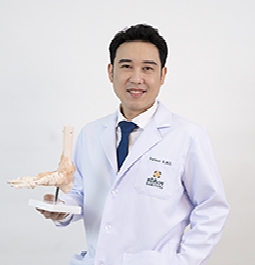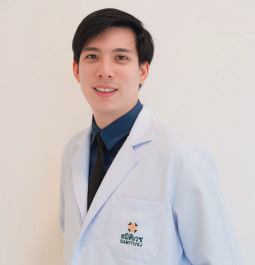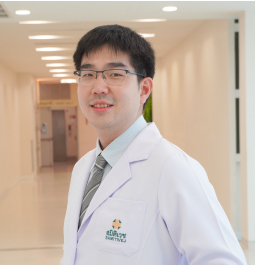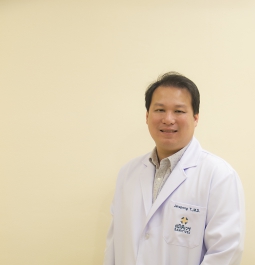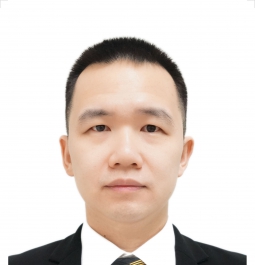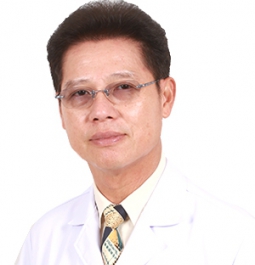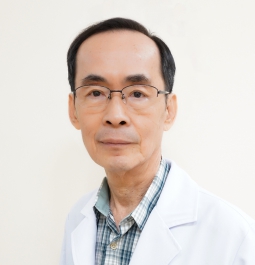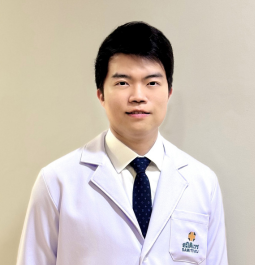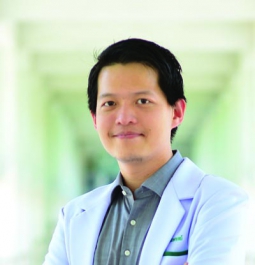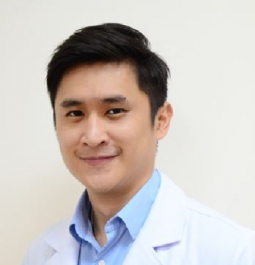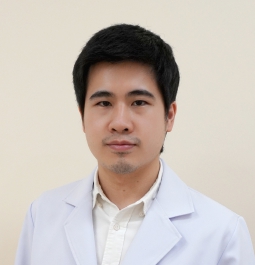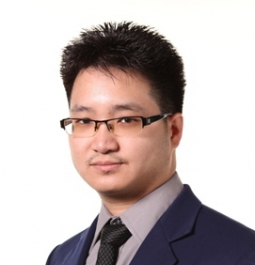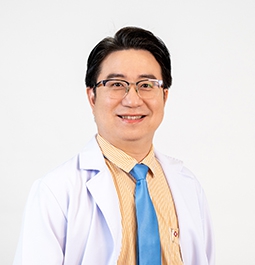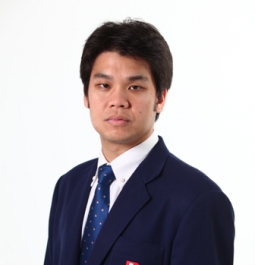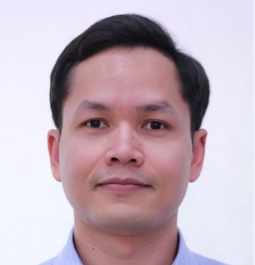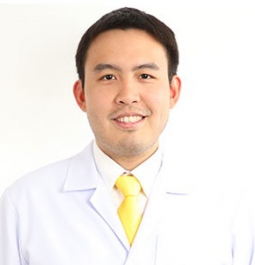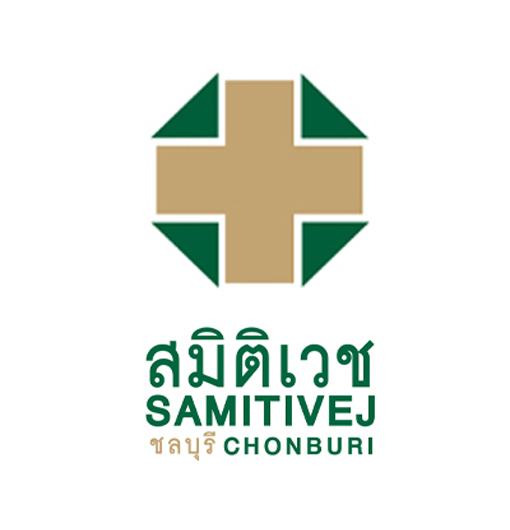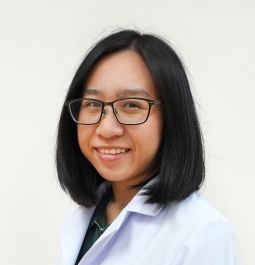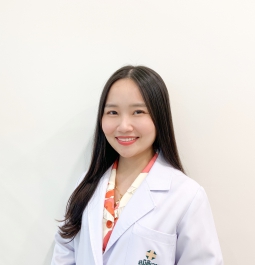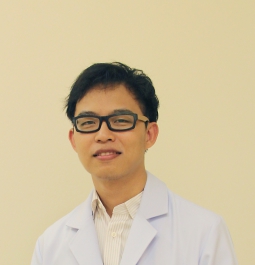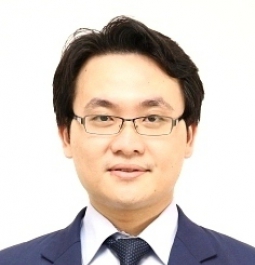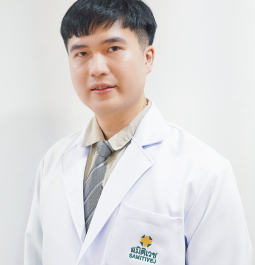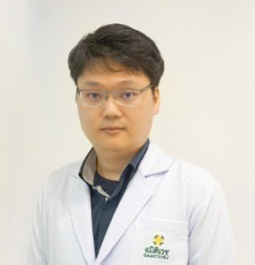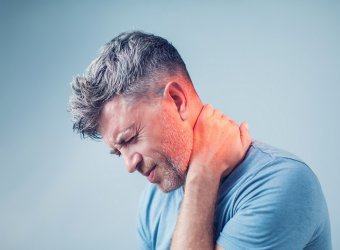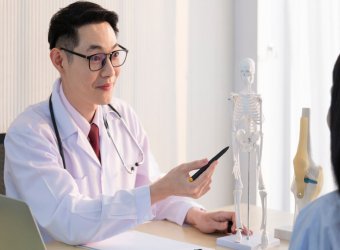Treating Back and Neck Pain with Advanced Techniques: RF Rhizotomy and Endoscopic Nucleoplasty
(Orthopedic Surgery Center) article author : Saran Pairuchvej, M.D.

Treating Back and Neck Pain with Advanced Techniques: RF Rhizotomy and Endoscopic Nucleoplasty
Back and neck pain are increasingly common health concerns, particularly among office workers who spend long hours sitting and the elderly. These issues may stem from various factors, such as herniated discs compressing nerves or degenerative joint conditions. Today, we explore two innovative treatment methods—RF Rhizotomy and Endoscopic Nucleoplasty—that offer safe and efficient recovery.
1. RF Rhizotomy
RF Rhizotomy utilises radiofrequency (RF) energy to disrupt nerve signals that transmit pain from the cervical spine (neck) or lumbar spine (lower back). This technique alleviates pain by reducing nerve signal transmission to the brain and is particularly suitable for individuals suffering from degenerative joint or nerve conditions.
How it works
A fine needle is inserted at the point where the nerve connects to the spine. RF-generated heat is then applied to disable the pain-causing nerve, effectively reducing or eliminating discomfort.
Advantages
- Provides pain relief without the need for major surgery.
- Minimises recovery time.
- Ideal for patients unresponsive to medication.
2. Endoscopic Nucleoplasty
Endoscopic Nucleoplasty is a treatment designed for back pain caused by herniated discs pressing on nerves. This method involves using an endoscope to access the affected area and reduce the size of the herniated disc, thereby relieving nerve pressure and associated pain.
How it works
Using a small incision, an endoscope is guided to the location of the compressed nerve. A portion of the herniated disc is then removed or cauterised, reducing pressure and alleviating pain.
Advantages
- Minimally invasive, with smaller incisions and quicker recovery.
- Provides immediate pain relief post-treatment.
- Suitable for those seeking to avoid major surgery.
3. Endoscopic Rhizotomy for Lumbar Facet Joints or SI Joint
For patients experiencing pain originating from the lumbar facet joints or the sacroiliac (SI) joint, which connects the pelvis to the spine, Endoscopic Rhizotomy offers an effective solution. This method employs endoscopic technology to sever or deactivate pain-transmitting nerves linked to the joints.
How it works
The endoscopic approach allows clear visualisation of the joints and nerves. Specialist tools are then used to disable the targeted nerves, providing long-term pain relief.
Advantages
- Reduces joint-related pain effectively.
- Enables rapid recovery.
- Decreases dependence on long-term pain medications.
These advanced techniques offer viable alternatives to major surgery, delivering excellent results for back and neck pain relief. They are particularly suitable for patients unresponsive to medication and those seeking safe, minimally invasive options with shorter recovery times. Consult a specialist to determine the most appropriate treatment for your condition.



